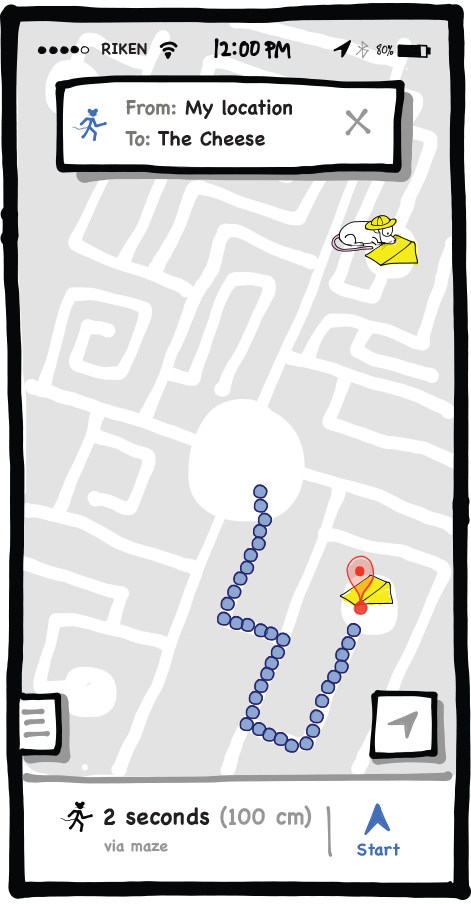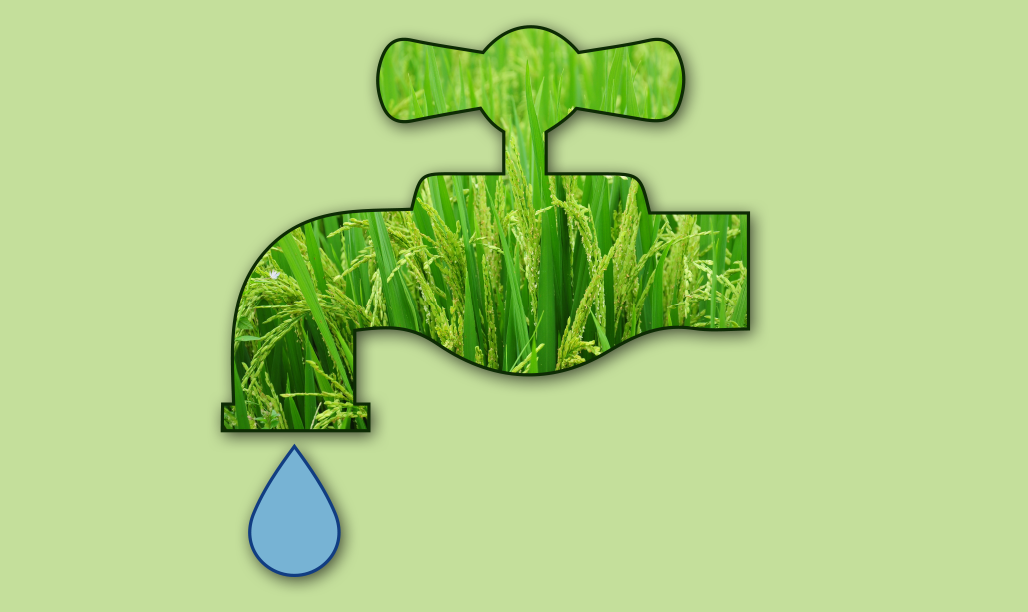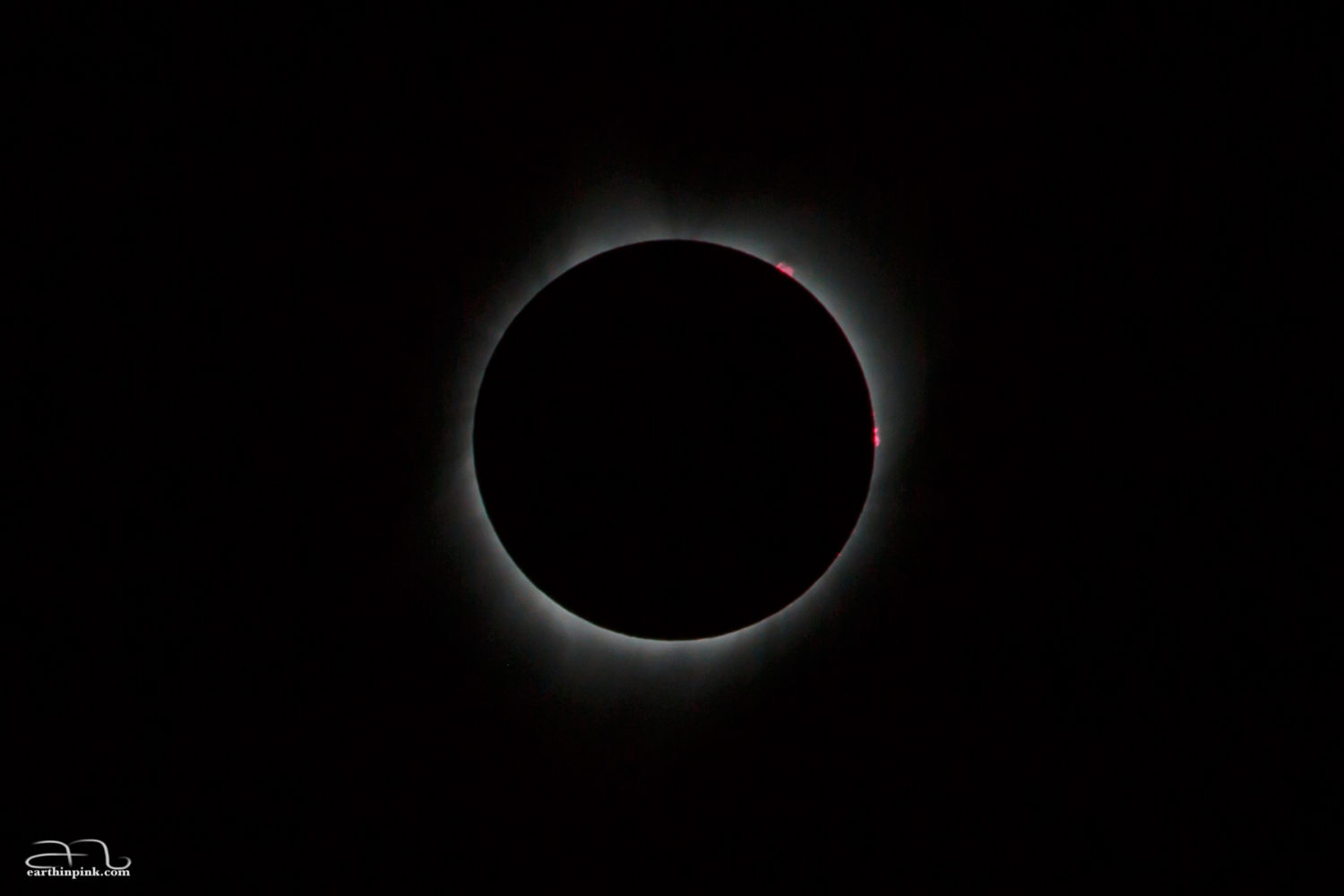Latest research animations
Self-assembly of spider silk
This gut microbe might protect against diabetes and reduce insulin resistance
NEW: One-way hydrogel guides motion of tiny worms!
Latest Posts
No Results Found
The page you requested could not be found. Try refining your search, or use the navigation above to locate the post.
No Results Found
The page you requested could not be found. Try refining your search, or use the navigation above to locate the post.
18

Geostationary satellite enables better precipitation and flood predictions
Data from the Himawari-8 geosynchronous satellite was used in weather simulations to improve forecasts of sudden precipitation and tropical storm development.
17

Clean and green: a moss that removes lead (Pb) from water
Scientists show that the moss Funaria hygrometrica can remove harmful lead from water when in the protonema stage of development.
15

The brain’s GPS has a buddy system
In addition to encoding self location, brain cells in the rat hippocampus act like a GPS that encodes the location of other rats.
25

Leaky plants bad for drought resistance
The KAI2 receptor for compounds found in smoke helps plants retain water and survive during drought.
22

Helping the body clock keep its cool
Two parallel temperature-responsive mechanisms ensure that circadian rhythms are not skewed by changes in temperature
21

The stars align
The stars align. That’s what you say, when things work out perfectly. In the case of an eclipse, of course, it’s not stars that align but rather the moon and sun.
